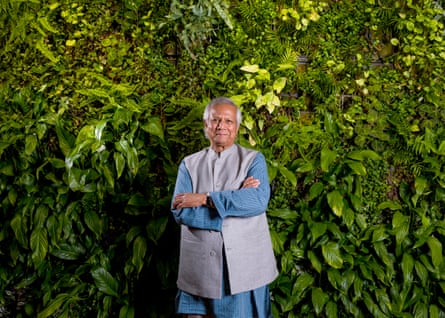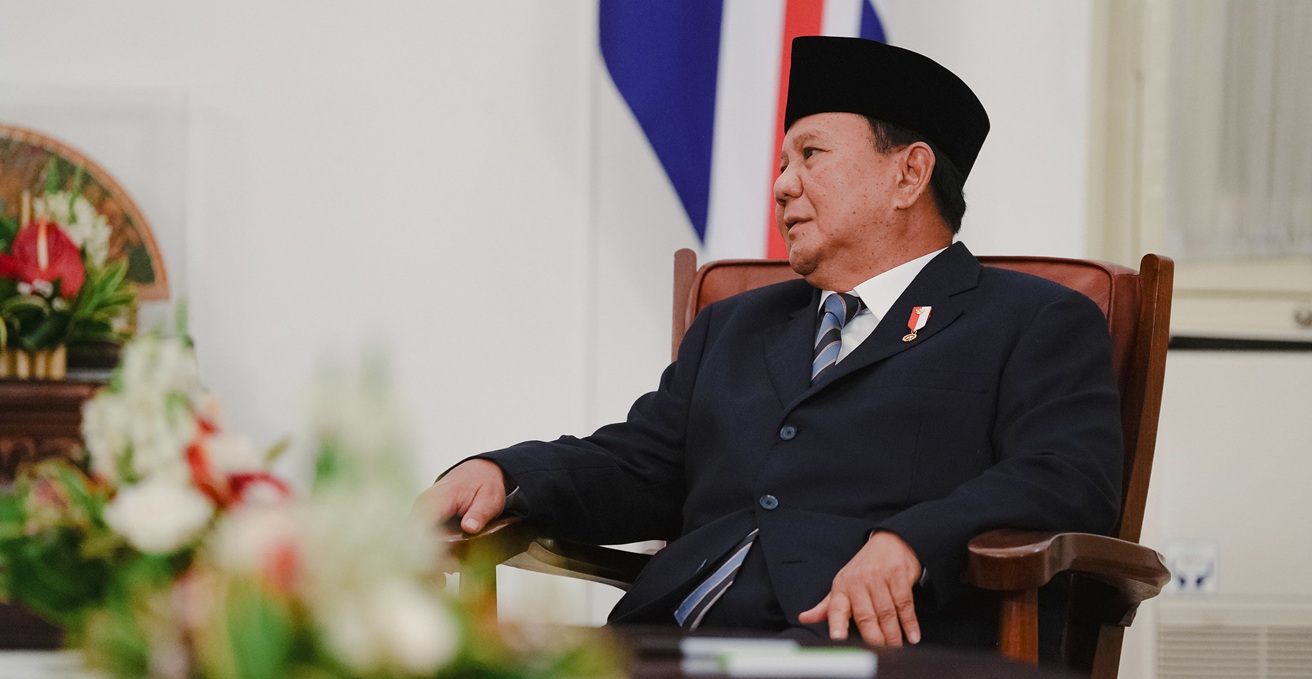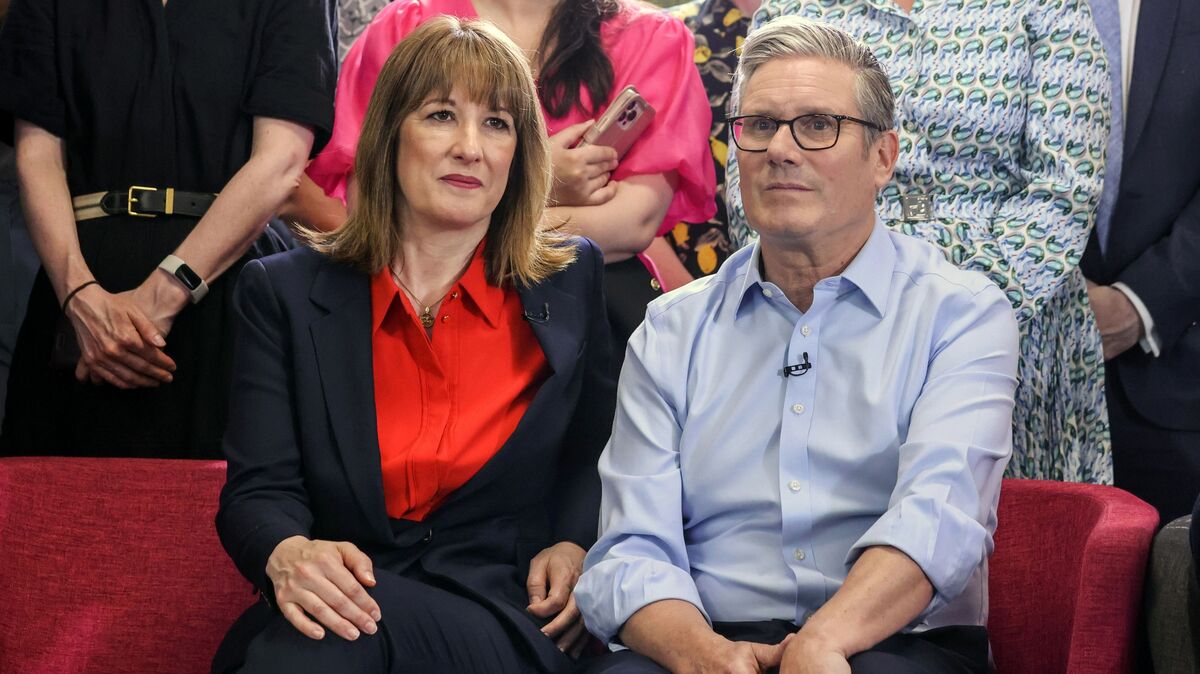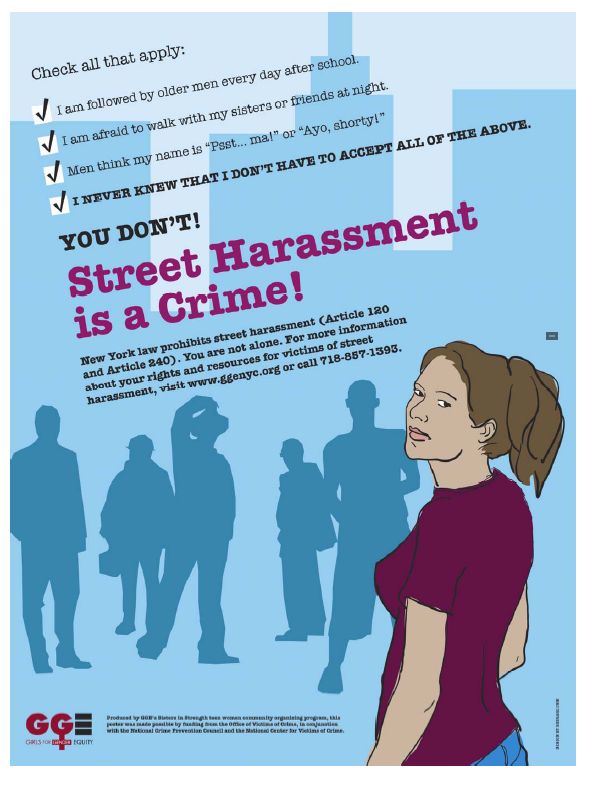
The Challenges Faced by Muhammad Yunus in Alleviating Poverty in Bangladesh
Muhammad Yunus, the Nobel peace laureate and microfinance pioneer, has revealed the immense difficulties he has encountered in his efforts to combat poverty in Bangladesh. He has faced relentless politically motivated attacks on his work, which have made his life “totally miserable”. Over the past 20 years, Yunus has been subjected to pressure from the Bangladeshi government for his groundbreaking work that has improved the lives of millions of impoverished individuals, particularly women.
Legal Battles and Accusations
In January, Yunus was sentenced to six months’ imprisonment, along with three others, for violating labor laws at Grameen Telecom, the not-for-profit company he founded in 1983. Although he is currently on bail pending an appeal, he faces over 100 other charges, including corruption, tax evasion, and money laundering, all of which he vehemently denies. Yunus describes the ongoing legal battles as a constant source of misery, as he is forced to divert his attention from his work to defend himself against false accusations.
The Impact of Microfinance
Yunus is widely recognized as the pioneer of microfinance, a financial service that provides access to small loans for individuals who are excluded from formal banking systems. This innovative approach, piloted in 1976 among a group of women in a Bangladeshi village, has been instrumental in lifting people out of poverty. By the mid-2000s, microfinance was hailed as a key tool for ending poverty. In recognition of his groundbreaking work, Yunus and the Grameen Bank were awarded the Nobel peace prize in 2006.

However, the success of microfinance in lifting people out of poverty has been called into question. The sector has been marred by scandals involving exploitative interest rates charged by lenders. Despite these challenges, Yunus remains committed to microfinance and believes that the problems stem from a lack of regulation, which allows unscrupulous individuals to take advantage of the system.
Political Interference and Personal Attacks
Yunus’s troubles with the Bangladeshi government escalated in 2011 when he was forced to resign from Grameen Bank due to a campaign led by Bangladeshi politicians. The government accused him of blocking progress on the Padma Bridge project and subsequently canceled a $1.2 billion World Bank loan. Yunus’s aborted attempt to launch a political party in 2007 is believed to have contributed to the animosity between him and Bangladesh’s prime minister, Sheikh Hasina.
The government has defended its actions against Yunus, dismissing his claims of harassment as a “victim mentality”. However, Amnesty International has criticized the case, stating that it exemplifies the erosion of human rights in Bangladesh and the silencing of critics.
Yunus’s Determination to Make a Difference
Despite the ongoing legal battles and personal attacks, Yunus remains resolute in his mission to eliminate poverty and unemployment. He has declined offers from other countries to host him, as he does not want to abandon his work or his employees. Yunus believes that finance is the key to empowering individuals and unleashing their creative potential. He envisions a world where people have the freedom to build their own businesses and improve their lives, rather than being trapped in low-paying jobs.

Yunus’s dedication to his mission remains unwavering, despite the threats he faces. He believes that his work is not driven by personal interests but by a genuine desire to find solutions to global challenges such as poverty, unemployment, wealth concentration, and climate change. He envisions a world where finance is accessible to all, empowering individuals to unleash their creative potential and create a better future for themselves and their communities.
SDGs, Targets, and Indicators
-
SDG 1: No Poverty
- Target 1.1: By 2030, eradicate extreme poverty for all people everywhere, currently measured as people living on less than $1.25 a day.
- Indicator 1.1.1: Proportion of population below the international poverty line, by sex, age, employment status, and geographical location (urban/rural).
-
SDG 5: Gender Equality
- Target 5.1: End all forms of discrimination against all women and girls everywhere.
- Indicator 5.1.1: Whether or not legal frameworks are in place to promote, enforce, and monitor equality and non-discrimination on the basis of sex.
-
SDG 8: Decent Work and Economic Growth
- Target 8.3: Promote development-oriented policies that support productive activities, decent job creation, entrepreneurship, creativity, and innovation, and encourage the formalization and growth of micro-, small-, and medium-sized enterprises, including through access to financial services.
- Indicator 8.3.1: Proportion of informal employment in non-agriculture employment, by sex.
-
SDG 10: Reduced Inequalities
- Target 10.2: By 2030, empower and promote the social, economic, and political inclusion of all, irrespective of age, sex, disability, race, ethnicity, origin, religion, or economic or other status.
- Indicator 10.2.1: Proportion of people living below 50 percent of median income, by age, sex, and persons with disabilities.
Table: SDGs, Targets, and Indicators
| SDGs | Targets | Indicators |
|---|---|---|
| SDG 1: No Poverty | Target 1.1: By 2030, eradicate extreme poverty for all people everywhere, currently measured as people living on less than $1.25 a day. | Indicator 1.1.1: Proportion of population below the international poverty line, by sex, age, employment status, and geographical location (urban/rural). |
| SDG 5: Gender Equality | Target 5.1: End all forms of discrimination against all women and girls everywhere. | Indicator 5.1.1: Whether or not legal frameworks are in place to promote, enforce, and monitor equality and non-discrimination on the basis of sex. |
| SDG 8: Decent Work and Economic Growth | Target 8.3: Promote development-oriented policies that support productive activities, decent job creation, entrepreneurship, creativity, and innovation, and encourage the formalization and growth of micro-, small-, and medium-sized enterprises, including through access to financial services. | Indicator 8.3.1: Proportion of informal employment in non-agriculture employment, by sex. |
| SDG 10: Reduced Inequalities | Target 10.2: By 2030, empower and promote the social, economic, and political inclusion of all, irrespective of age, sex, disability, race, ethnicity, origin, religion, or economic or other status. | Indicator 10.2.1: Proportion of people living below 50 percent of median income, by age, sex, and persons with disabilities. |
Analysis
1. Which SDGs are addressed or connected to the issues highlighted in the article?
The SDGs that are addressed or connected to the issues highlighted in the article are SDG 1: No Poverty, SDG 5: Gender Equality, SDG 8: Decent Work and Economic Growth, and SDG 10: Reduced Inequalities.
2. What specific targets under those SDGs can be identified based on the article’s content?
Based on the article’s content, the specific targets that can be identified are:
– Target 1.1: Eradicate extreme poverty for all people everywhere.
– Target 5.1: End all forms of discrimination against all women and girls.
– Target 8.3: Promote development-oriented policies that support decent job creation and entrepreneurship, including access to financial services.
– Target 10.2: Empower and promote the social, economic, and political inclusion of all, irrespective of age, sex, disability, race, ethnicity, origin, religion, or economic or other status.
3. Are there any indicators mentioned or implied in the article that can be used to measure progress towards the identified targets?
Yes, there are indicators mentioned or implied in the article that can be used to measure progress towards the identified targets. These indicators include:
– Indicator 1.1.1: Proportion of population below the international poverty line, by sex, age, employment status, and geographical location (urban/rural).
– Indicator 5.1.1: Whether or not legal frameworks are in place to promote, enforce, and monitor equality and non-discrimination on the basis of sex.
– Indicator 8.3.1: Proportion of informal employment in non-agriculture employment, by sex.
– Indicator 10.2.1: Proportion of people living below 50 percent of median income, by age, sex, and persons with disabilities.
These indicators can be used to track the progress towards eradicating poverty, promoting gender equality, creating decent work and economic growth, and reducing inequalities.
4. Table: SDGs, Targets, and Indicators
| SDGs | Targets | Indicators |
|---|---|---|
| SDG 1: No Poverty | Target 1.1: Eradicate extreme poverty for all people everywhere. | Indicator 1.1.1: Proportion of population below the international poverty line, by sex, age, employment status, and geographical location (urban/rural). |
| SDG 5: Gender Equality | Target 5.1: End all forms of discrimination against all women and girls. | Indicator 5.1.1: Whether or not legal frameworks are in place to promote, enforce, and monitor equality and non-discrimination on the basis of sex. |
| SDG 8: Decent Work and Economic Growth | Target 8.3: Promote development-oriented policies that support decent job creation and entrepreneurship, including access to financial services. | Indicator 8.3.1: Proportion of informal employment in non-agriculture employment, by sex. |
| SDG 10: Reduced Inequalities | Target 10.2: Empower and promote the social, economic, and political inclusion of all, irrespective of age, sex, disability, race, ethnicity, origin, religion, or economic or other status. | Indicator 10.2.1: Proportion of people living below 50 percent of median income, by age, sex, and persons with disabilities. |
Source: theguardian.com







